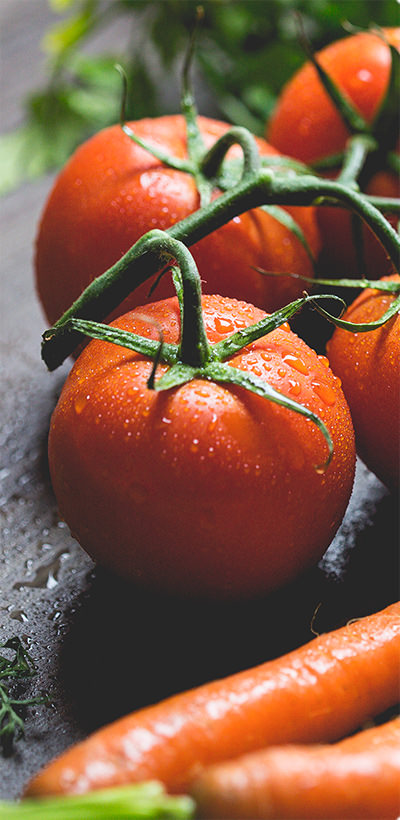Garden Attractors Collection
Attracting pollinators to your garden is made easy with this collection!
This collection contain 30 bulbs + 6 roots; including 1 each of Goldstrum Black Eyed Susan, After Dark Sedum, Material Girl Phlox & Very Van Gogh Veronica, 2 Old Fashioned Bleeding Hearts and 30 Blue Siberian Squill.
Fall Planting: This product will ship September-October according to your hardiness zone.
Scroll down for more details and growing information.

Details
Growing Information
Fall Roots Upon Arrival: It is very important to plant these dormant perennials as soon as possible after you receive them. If it is absolutely necessary to store them for a short time before planting them, open the cartons and any plastic that is around the roots. If the roots appear dry, soak them for a few hours in warm water. Thereafter store in slightly moist peat moss in a cold, but not freezing location until you can plant. They can also be placed in pots of soil if planting will be delayed for more than 2 weeks. Use any packaged, peat-based potting soil and pots with drainage holes.
Fall Bulbs Upon Arrival: Plant the bulbs as soon as possible once you have received them. If you cannot plant the bulbs as soon as they have been shipped to you, remove the bulbs from plastic bags and put them on trays with damp peat moss or sawdust in a cool, well-ventilated place until you have a chance to plant them. Do not store them at temperatures below 4°C. Generally all bulbs planted in the fall are hardy and do not need any special protection unless specified.
Planting Black Eyed Susan: Plant 2 ft. apart in full sun to part shade in ordinary soil so tops of plants are level with the surface.
Growing: Once established, Black-eyed Susies form large, dense clumps that will tolerate considerable drought. Deadheading spent blooms encourages a longer blooming season. Plants are easily divided in spring when they become crowded.
Planting Bleeding Heart: Dicentra should be planted with the crown 2″ below the soil line and 12-24" apart. Plant in moist, rich, well-drained soil in full to part shade.
Growing: Keep plants well watered throughout the summer, especially in warmer weather. Leaves are susceptible to leaf spot. The easiest solution is to shear back the affected foliage.
Dividing: Dicentra should be divided after flowering, so you don’t sacrifice bloom. The fringed-leaf varieties divide nicely early in spring, as they are emerging.
Planting Phlox: Select a location in full sun with a well amended soil that is evenly moist. Make sure there is good air circulation. Prepare the bed by turning the soil under to a depth of 6-12, inches removing any debris, and lightly raking as level as possible. The addition of organic matter (leaf mold, compost, well-rotted manure) benefits all gardens and is essential in recently constructed neighborhoods. Dig a hole deep and wide enough to accommodate the bare root. Roots should spread out separately, like stretched fingers, from the crown, and not bunch up. Cover the roots with soil and tamp down firmly to get rid of air pockets. Set the plants 12"-15" apart with growing tips 1" below soil surface.
Growing: Phlox need full sun and organically enriched soil and benefit greatly from monthly fertilizing. They will form sizable clumps which can be divided every 3 years. Cut off spent flowers to extend the bloom time. Water during dry periods. Taller varieties may need staking.
Note: To prevent powdery mildew, provide good air circulation, keep plants healthy, and use wettable sulfur at the first sign of infection.
Planting Sedum: Space 18" apart, with the crown (the point where the roots meet the shoots) just under the soil surface.
Growing: Grow in fast draining soil in full sun. Drought tolerant. May tolerate light shade. Water sparingly. Grows 6"-24" tall.
Planting Siberian Squill: Plant in masses for the strongest colour effect, 3" deep and 3" apart.
Growing: Very easy to grow. Prefers full sun to part shade and well-drained soil.
Planting Veronica: Plant in well drained soil in full to part sun. Space 12-15" apart. With soil covering roots up to crown (where roots meet the base of the stem). Do not plant in rich soil or plant will become weak and sprawl.
Growing: Prefers evenly moist soil with good winter drainage. Can be divided every 3 years in spring or fall. To keep tidy plants, shear back by 1/2 after flowering. If not cut back in summer, prune down to basal growth in late autumn.



